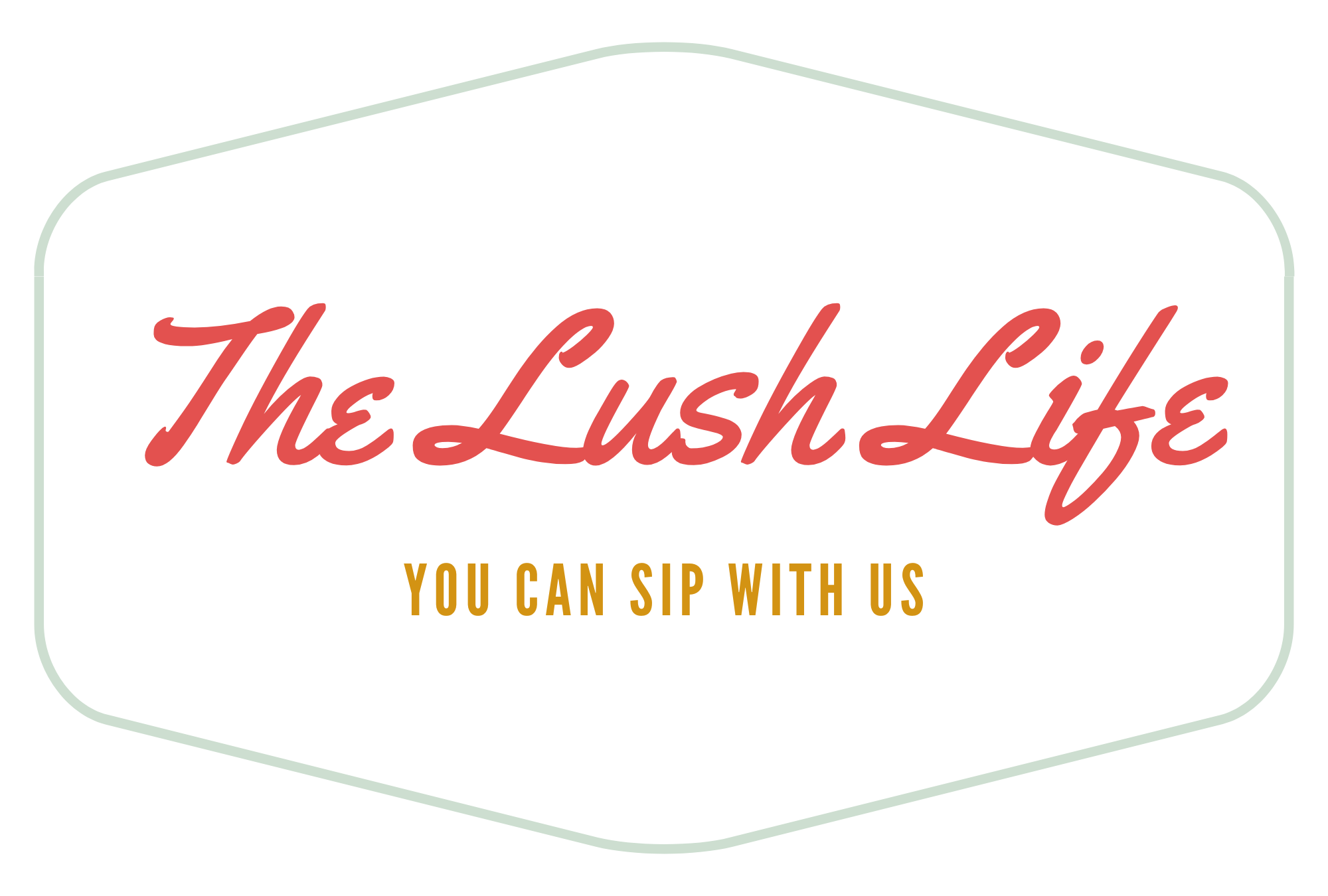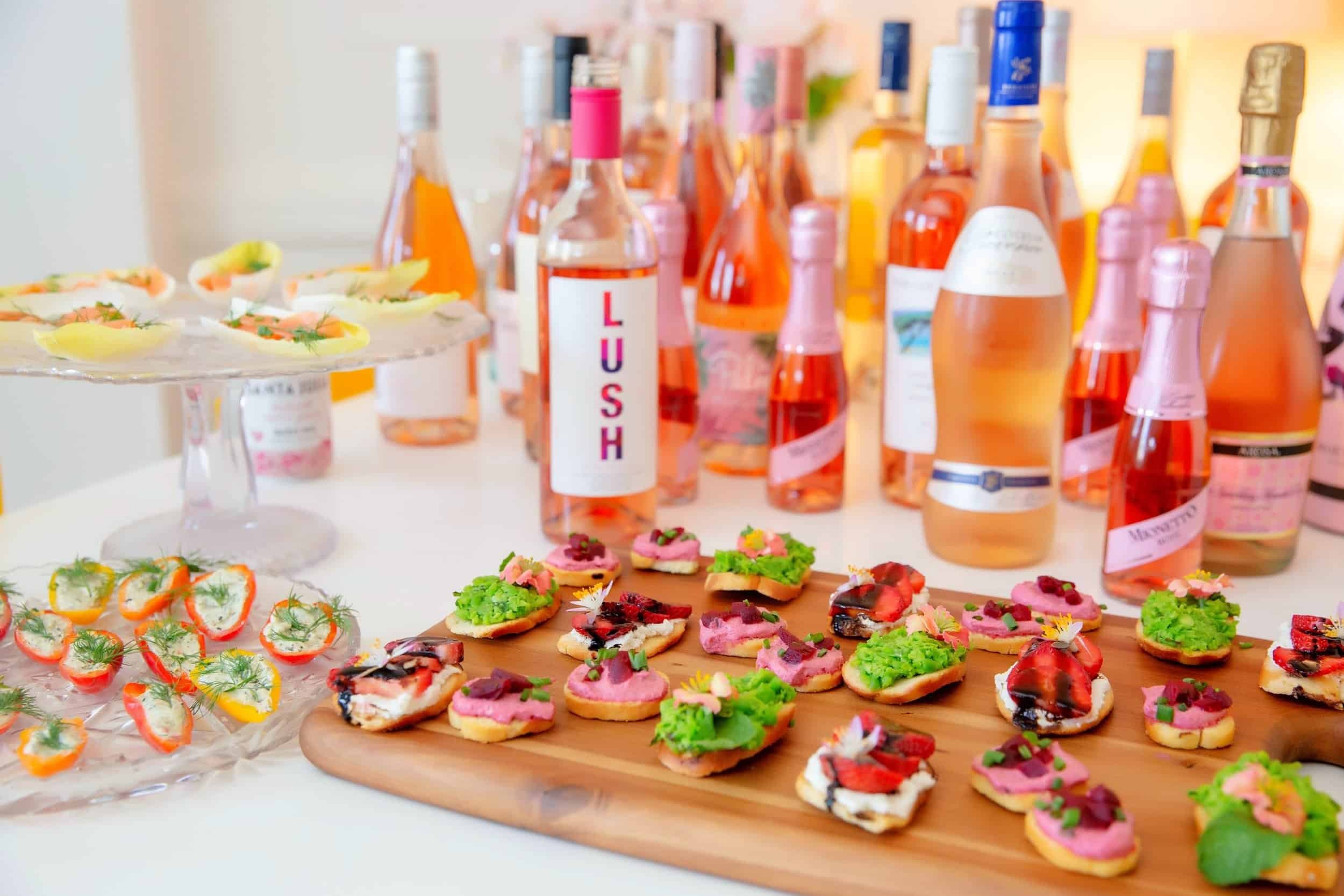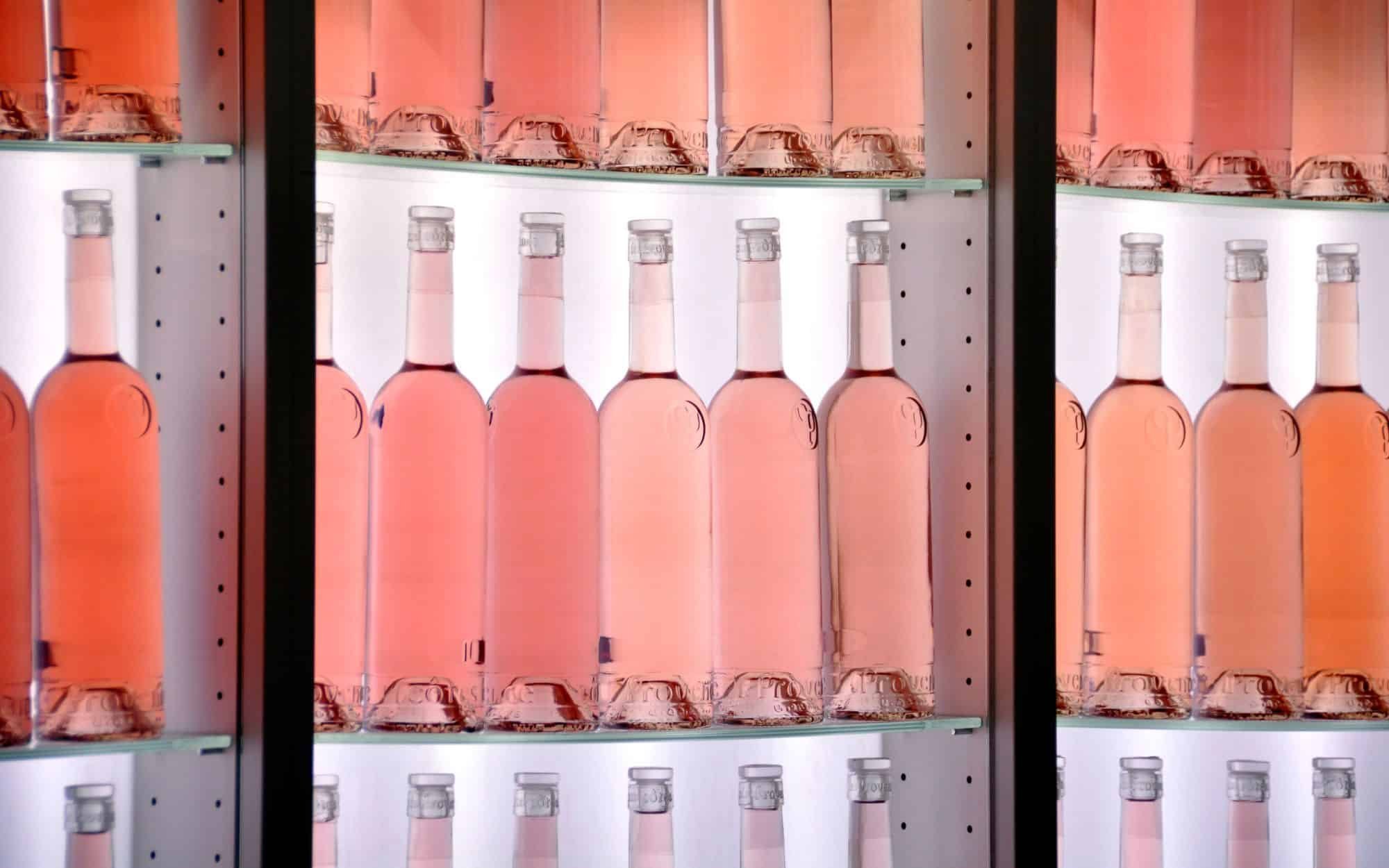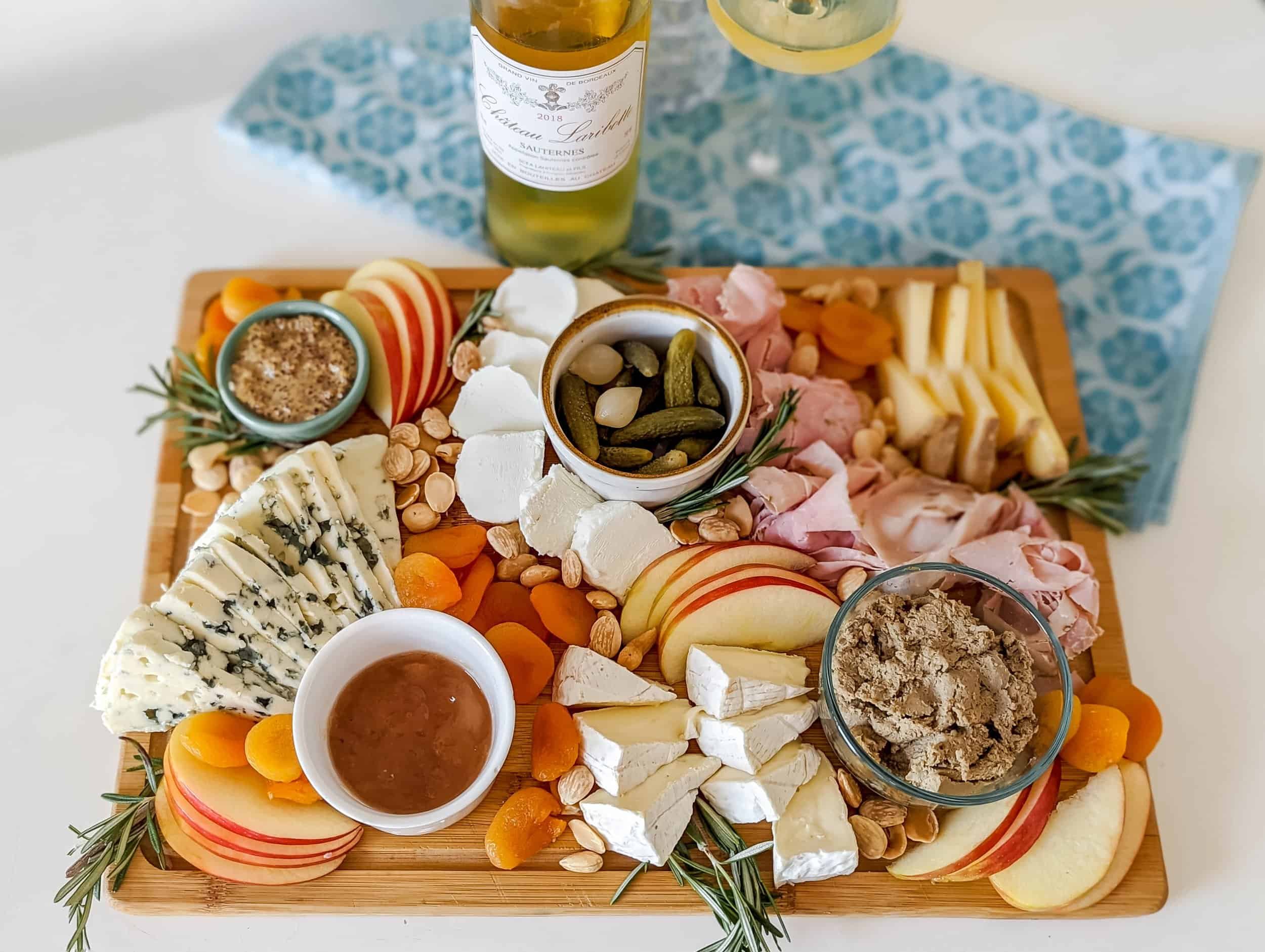How Rosé Wine is Made (and the 17 Best Bottles to Try)
Rosé wine is made in three primary methods: maceration, saignée, and blending.
Let's dive into these methods, along with sommelier recommendations for the best rosé bottles to pop!
Today's dry rosé wines have come a long way from the old-school, sweet White Zinfandel of the past (I'm pretty sure my parents had a box of Sutter Home in the fridge in the 90s!). While wineries in southern France have been making dry rosés with complexity and crisp acidity for generations, the rosé renaissance in recent years has helped spread the popularity of this style-- and turned rosé into one of the fastest-growing wine categories out there!
The rise of the rosé trend
From a wine industry perspective, it's been amazing to watch rosé surge in popularity - as a sommelier, I didn't see a lot of premium rosé on wine lists back when I first started my career in the early 2010s, and now it's everywhere. Remember when Instagram was full of influencers on swan pool floats sipping rosé, or frolicking in vineyards wearing flower crowns with a glass of pink wine in their hand? I credit social media for popularizing rosé as a legitimate genre of wine!
The best rosé wines come in a whole range of different shades and flavors profiles, ranging from the lightest, prettiest blush pink color to salmon, electric hot pink, to light red. They're made in wine regions worldwide, from various grapes, and in several different methods. No matter your mood, occasion, or cuisine, there is a rosé that will complement it perfectly! And, it's not just for the summer months; there are great rosé wines to enjoy year-round. Let's explore some of the main types of rosé wine, some main methods, what to pair with them, and some great bottles to try!
The basics: how is rosé wine made?
Method #1: The 'skin contact' or maceration method
The most common method of making rosé wine is the maceration method, otherwise known as the 'skin contact' method! The first big reveal here is that this method uses red grapes (there sadly is no magical 'pink' grape variety, at least that we know of!)
During the winemaking process, red grapes (commonly Pinot Noir, Grenache, Syrah, Cinsault, but sometimes even Cabernet Franc, Cabernet Sauvignon, or Malbec) are harvested and crushed. Then, the crushed grape's skins are left to mingle in the fermentation tank with their juice, which is called maceration (meaning, 'to steep or to soak'). Since all of the pigment in red wine comes from the red grape skins, during this maceration process, the color from the skins of red grapes gets extracted and leached into the juice-- along with tannins and flavor compounds. When making red wine, the maceration may last from one to three weeks-- to allow the maximum extraction of color and flavor.
But, in the case of rosé- the skins are left in the tank ONLY long enough to impart some color... the winemaker will decide the pink hue they're going for (and the intensity of flavor) and adjust the skin contact time accordingly. The maceration might only last a few hours if they aim for a pale pink wine. Once the juice reaches the optimal shade of pink, the skins are removed from the liquid. The longer we have skin contact, the deeper the color and the more concentrated the flavors become. I like to think of it like brewing a cup of tea— the longer the tea leaves are immersed in the water, the stronger the brew.
Pro tip: darker rosés are simply more powerful, concentrated, and intense in flavor (because they've had more maceration time). They're not necessarily sweeter than their pale pink counterparts (they just have stronger fruity flavors). This is a big misconception- next time you hear someone say this, set the record straight (and share this article with them!)
The palest of pale rosés spend zero time macerating with the skins-- the fresh red grapes are harvested and then immediately crushed, and the juice is drained right away. This is called the direct press method, and the wine it produces is often called, 'vin gris'.
Method #2: The saignée method
'Saignée' (pronounced 'san-YAY') is a French term that translates to 'bloodletting.' I'm sure you're wondering, how does that pertain to wine?
During red wine production, sometimes winemakers need to use some tricks to produce their best red wines. If they've got a giant tank of red wine macerating and want to concentrate the flavors and make the wine even more intense and powerful, they can achieve that by creating a tighter skin-to-liquid ratio. So, often times they will 'bleed off' a portion of the pressed juice while it’s fermenting. Less liquid in the tank with the skins means more oomph, power, and strength in the finished red wine.
Then, rather than discard the pink juice that was 'bled' off, the winemaker can ferment it in its own vessel-- and voila, that's how saignée method rosés are made. This is not one of the more common methods for making rosé, and to be honest, the final product is considered by most in the wine world to be lower quality than rosés made from the skin contact method. You might hear those referred to as 'intentional rosés' vs. the saignée method rosés which are merely a byproduct of red wine production-- the grapes weren't grown with a primary intention of becoming a rosé.
Method #3: Blending
In this method, red and white wine are simply mixed together. This is, surprisingly, the least practiced method of making rosé and it's actually not allowed by law in some regions. However, the most famous example of a rosé traditionally made from blending red & white wines is rosé Champagne! I'll drink to that.
Rose Wine Tips
The right temperature to chill rosé
A great rule of thumb here for wine lovers is that the lighter the color of the wine, the colder you can drink it. For a very pale rosé, chill to about 40 degrees Fahrenheit (almost as cold as your refrigerator). A deeper, more concentrated rosé can be served a bit warmer than that, closer to 50 degrees.
I wrote a more in-depth article about chilling times for different wines for Martha Stewart: check out my wine chilling guide on her site! You can chill wine in your refrigerator, your freezer, or, as we professionals prefer: submerged in a bucket of ice water.
Rosé Wine Food Pairings
Rosé is amazingly versatile when it comes to pairing! Some of my favorite things to eat with rosé:
If you want to plan a whole party around fantastic rosés, our guide has recipe pairings, rose cocktail ideas, and even a rose-themed Spotify playlist! Check it out: How to Throw the Rosé Party of Your Dreams
The best rosé wines to try from 5 global wine regions:
We've got France's Côtes de Provence region to thank for the current rosé boom. You're probably already drinking famous brands from that area, like Chateau Minuty and Whispering Angel-- and these are definitely worthy options to sip! But, since discovering and trying new wines is fun, it's an excellent time to explore other rosé styles worldwide.
Rosé from France (beyond the Côtes de Provence)
Several other French regions produce heavenly rosés. If you're looking for tremendous value, look no further than the Languedoc-Rousillon region, which sits on the Mediterranean, just west of Provence (and on the other side of the Pyrenees from Spain). The Languedoc has the largest number of organic vineyards in all of France, and the rosé offerings are top-notch. Excellent, wallet-friendly options include Gerard Bertrand Cote des Roses 2021, which is lively and fresh with pretty red fruit aromas, and Moulin de Gassac Pays d'Herault Guilhem Rose 2022, which is juicy and refreshing with lots of playful, bright cherry notes—plus, it's perfect for entertaining a crowd at $13.99 a bottle!
For something completely different, look to the commune of Tavel in the southern Rhône, the only appellation in France where the only wine they produce is rosé! Based on the Grenache grape, Tavel is a deep ruby pink with a fuller, richer mouthfeel, a savory edge that can even be a little spicy, and an elegant structure—if you've been looking for a 'serious' rosé to pair with steak, try Tavel like Chateau D'Aqueria Tavel Rosé 2021.
Rosé from Italy
Rosés are commonly labeled as rosato wines in Italy. In Tuscany, the Sangiovese-based Il Poggione Brancato Rosato di Toscana IGT tastes like bright cherry fruit balanced with a dusty earthiness and some savory and herbal aromas like rosemary and bay leaf; and La Spinetta Il Rose di Casanova 2021 brings the tanginess of pink grapefruit and lovely citrus aromas that mellow out into wild strawberry tones as the wine evolves.
If it's a fun, juicy, and expressive fruit explosion you're looking for, explore the southern Puglia region where the wines are based on Negroamaro and Primitivo grapes: the round and lovely Leone de Castris Five Roses 2021 is a crowd pleaser.
Finally, for a full-bodied and deep rose that can pair with barbecue and easily transition from summertime into cooler temperatures, Cerasuolo d'Abruzzo is an unusual and utterly delicious option. Try Masciarelli Villa Gemma Cerasuolo d'Abruzzo 2021.
Rosé from Spain
Traditionally labeled as rosado, the rosé wines from Spain are far from the "cheap and cheerful" rosé wines that have been popular for decades. Recently the Rioja region has been developing very high-quality, premium rosés, which are reasons to be excited. This "new" class of rosés is gorgeous but still quite affordable. Bodegas Muga Rioja Rosado 2021 is sophisticated and elegant, with strawberry and apricot notes; it pairs beautifully with spicy foods thanks to its creamy texture and slight hints of white pepper in the finish. And Bodegas Beronia Rioja Rose 2021 is incredibly easy drinking with fresh floral aromas and nectarine flavors; it's a medium-bodied wine with great flavor intensity— a welcome experience to those who feel Provençal roses are too light and subtle.
Rosé from the United States
Moving to the New World, happily in the U.S., we've moved far beyond the white zinfandels that used to be the leading U.S. rosé offering. Now there is a lot of good rosé coming from California and Oregon. From Napa, try Elizabeth Rose Pinot Noir Rose 2021, which is pale pink with cherry, vanilla, and rose petals. If you prefer a rosé that isn't quite so dry, Bonterra Organically Grown Rose 2018 brings a touch of delicate sweetness in an easy-drinking and smooth wine that would be refreshing splashed over a bit of ice!
Gundlach Bundschu Rhinefarm Rosé is a fun, crisp, and food-friendly choice from the Sonoma Coast because of its zippy acidity. In Oregon's Willamette Valley—where pinot noir is king—there are some lovely rosé wines. Stoller Pinot Noir Rose 2021 is a benchmark example, with mouthwatering berry and peach flavors ending in a dry and mineral finish.
Rosé from Argentina
From this South American wine destination where the Malbec grape reigns supreme, you can find fabulous roses—and even better, most of our favorites are under $15! Domaine Bousquet Organic Brut Rose is a perfectly crisp, dry, aperitif-style sipper and an excellent choice to stoke your appetite and start your evening.
Santa Julia Organica Malbec Rose has intense and flavorful strawberry and blackberry tones. This is perfect mixed into a summer sangria! It was also just released in a super-sustainable can; in case you were planning a camping trip or a beach weekend—even if glass bottles are prohibited, you can still enjoy a lovely rosé!









